Audio Format Wars Part 4 – The Disc Shrinks.
When we left off with this topic, it was shortly after World War II, and the recording industry was (finally) moving beyond the old shellac 78 rpm disc. Columbia’s 1948 introduction of the long playing (LP) record was a milestone that would forever change the way America listened to music. There was, however, one major record company that was not ready to jump on Columbia’s bandwagon.
Before the LP’s introduction, Columbia had offered its new LP technology to other record companies (for a fee, of course). The only company anywhere close to Columbia’s size was RCA Victor, which had a long history of innovation. Radio Company of America (RCA) had paid $154 million for the Victor Talking Machine Company in 1929, due to RCA head David Sarnoff’s vision that radios and phonographs could be combined in a single unit. As an early giant in the industry, RCA Victor had actually been first to market with a 33 1/3 rpm LP in 1931, but restricted offerings and expensive playback equipment doomed the format during the Great Depression.
It was during that early foray into the LP that RCA had also pioneered a plastic compound (which it called VictroLac) as a replacement material for the brittle, noisy shellac discs of the day. But the VictroLac LP was a failure too because the very heavy tone arms of the period would destroy the soft discs after just a few plays. But after the war, RCA Victor had its own idea for what the future of recorded music would look like. And that future looked nothing like what Columbia saw.
The company was convinced that America was fine with the overall concept of the way records had been packaged and sold down through the decades, and that it was only the disc itself that required improvement. It was while RCA’s system was under development that Columbia knocked on the door with the proposal for a license to its LP technology.
Whether RCA was embarrassed at being one-upped by its arch-rival or considered its own ideas superior, the company refused Columbia’s offer and put its competing idea into high gear. RCA’s system was essentially a direct replacement of the 78, but was now in the form of a smaller 7 inch disc with a large center, which would be played at 45 rpm. Standard grooves were similar to those of a 78 so that the new discs provided the expected 3 to 4 minutes of playing time per side. New microgroove technology would allow “extended play” versions which could hold two or three songs per side.
RCA introduced its new format in early 1949, a bit over six months after Columbia’s 10 inch LP had hit the stores. RCA had learned from its earlier failure and made new players for the 45 both compact and inexpensive, as either stand-alone units or in combination with “standard” phonographs. With a large selection of titles available from the start and players starting at $12.95, how could RCA miss?
This early RCA Victor ad shows the multiple disc colors and the variety of playing equipment offered. You could even buy a console with TWO record players – one for 78s and one for the new RCA Victor 45s. The unit’s lack of ability to play LPs (especially for $269.50 in 1949) probably means that those were not big sellers.
The RCA Victor 45 closely resembled the old system in another way – the “album”. RCA’s albums were box sets of two or three extended play 45 rpm discs. RCA also banked on a fast, accurate turntable/changer so that multiple discs could be played in sequence without human intervention and a coolness factor that offered multiple disc colors based on music genre. Unfortunately, those changers played only the new 45s and no other format. Also, classical fans still had to put up with breaks required by the still-limited playing time.
What resulted was a classic format war. Just as RCA had resisted the Columbia design, Columbia proved to have a similarly sized ego and refused to adopt the RCA design for singles as many other record companies were doing. Instead, Columbia, introduced a smaller seven inch disc that played at 33 1/3 rpm to take the place of the old 78 rpm single. These had a very brief life, not getting to stores before mid 1950 and quickly phased out by the end of that year after Columbia saw that it was the only label not offering a 45 rpm single. The result was that the period of 1949-51 was a confused mess of multiple formats, each of which required unique playing equipment.
This situation soon settled itself out when the market made its decision. The 45 would turn out to be an almost perfect substitute for the old 78, only they were less easily breakable and offered much better sound. This resulted in the terminal swoon of the old shellac 78, which was gone from the US market by 1958. The Columbia Long Play format would replace the old “album” by offering a single disc with a collection of material on it. The early 10 inch LPs were short lived and disappeared from mainstream release after 1955, leaving us with the 12 inch discs that remain the standard.
There was one other format that tried to get some traction, and this was the 16 2/3 rpm disc. There is not much info out there on these, and I am unsure of their genesis. The speed was too slow for decent fidelity (although some folks tried), so they were mostly found in two applications. The main one was spoken word records aimed at the radio industry or the blind. These never really developed into a standard format size, and some used the small center hole of the LP while others used the large hole of the 45.
The other place they were found was in a collaboration between Columbia and the Chrysler Corporation for a device Chrysler called the Highway Hi-Fi – an early attempt at letting listeners take their music with them on the road. We all know where that one went. There was never a standardized size for 16 rpm discs and they were rarely seen. But almost everyone’s turntable was set up to accept them.
But back to the 45. The format took off for singles (and jukeboxes) and peaked at 200 million sold in 1974. But by the 1980s, the format was on life support. The growth of the cassette tape in the 70s and the replacement of the vinyl album by the Compact Disc seems to have gotten music listeners out of the habit of spinning singles. The 7-inch 45 has not gone extinct, however, as a couple of small labels continue to release them – though in really small numbers.
Columbia and RCA Victor duked it out in the early 1950’s, and in an unusual resolution of a format war, both sides came to a truce and were successful. That both formats still exist (if only on the fringe) shows that both companies ideas were good ones.

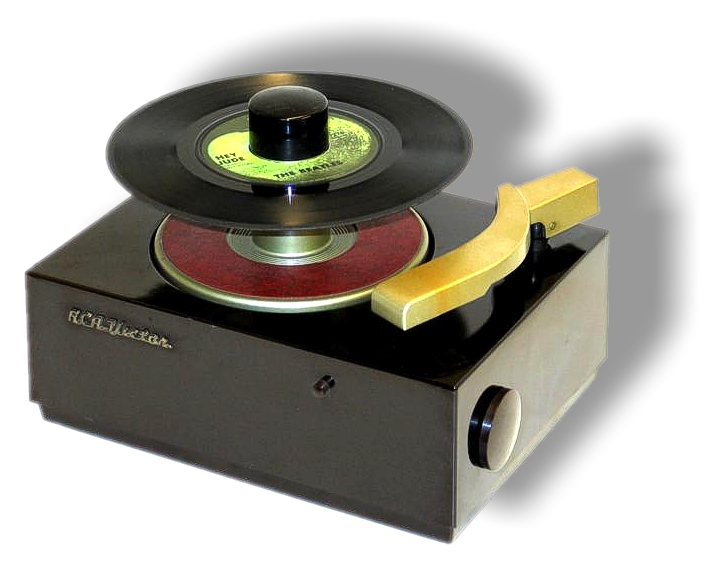
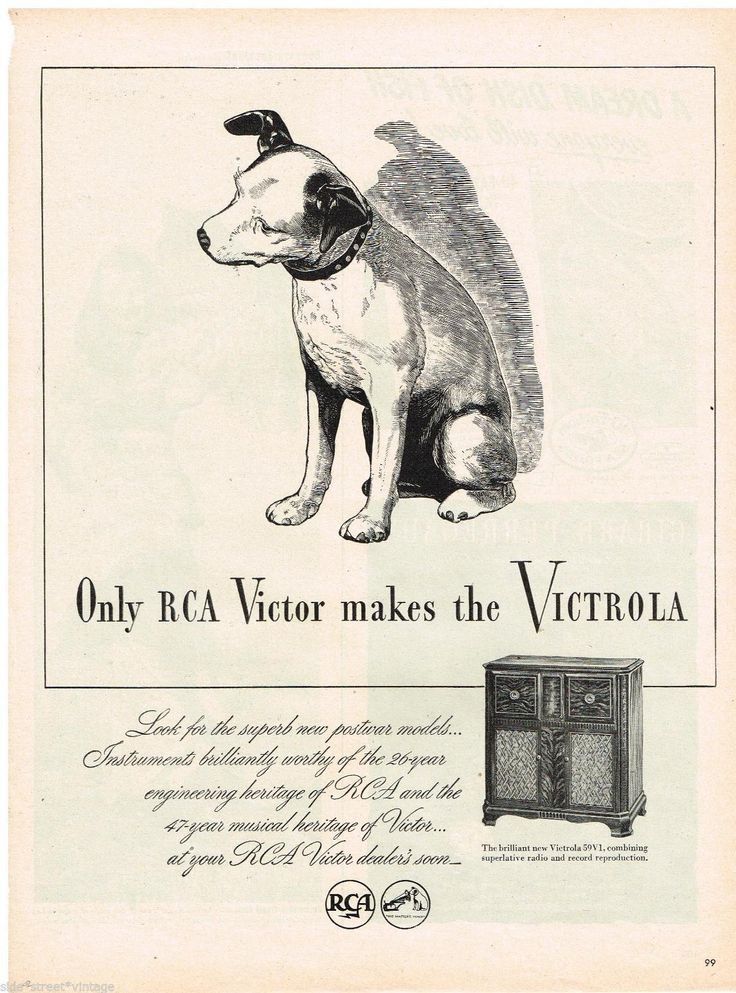


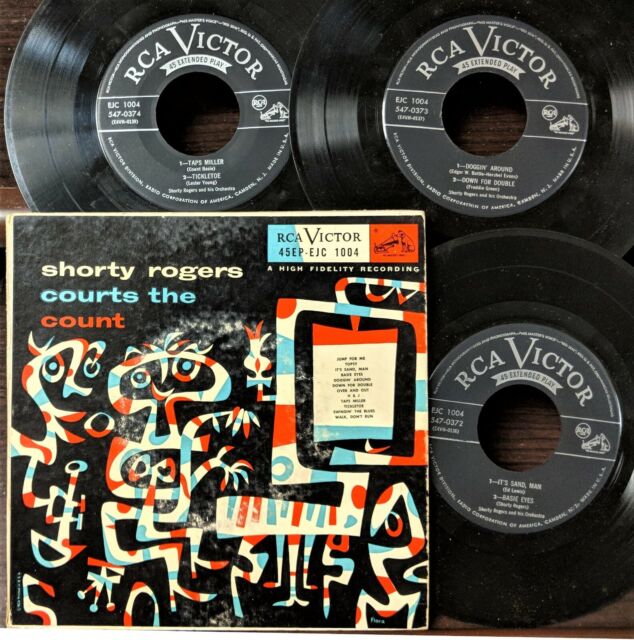
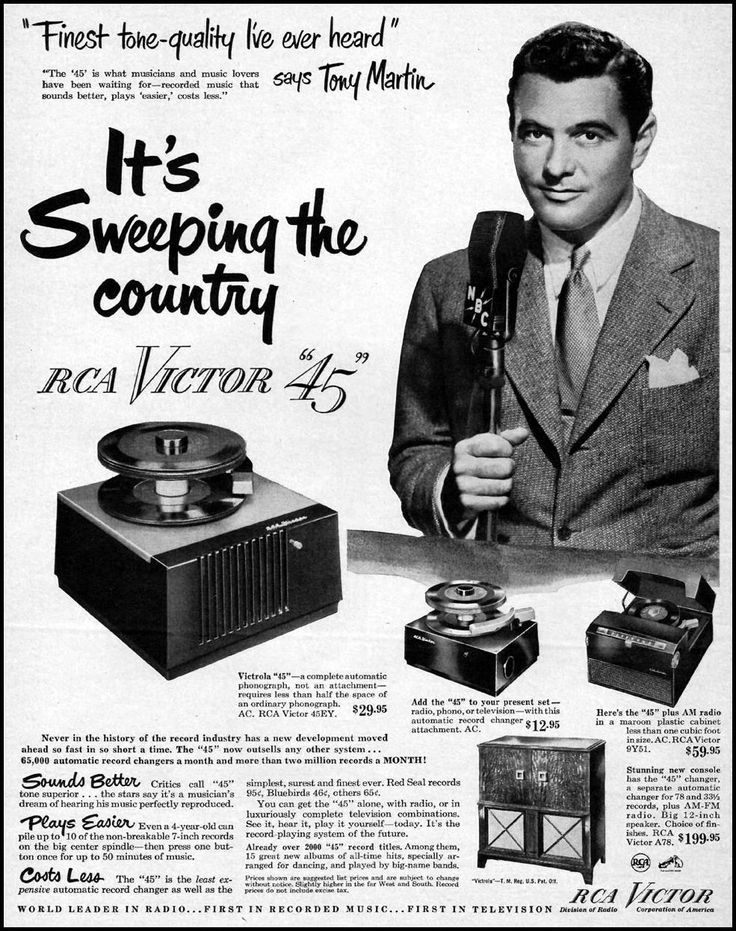
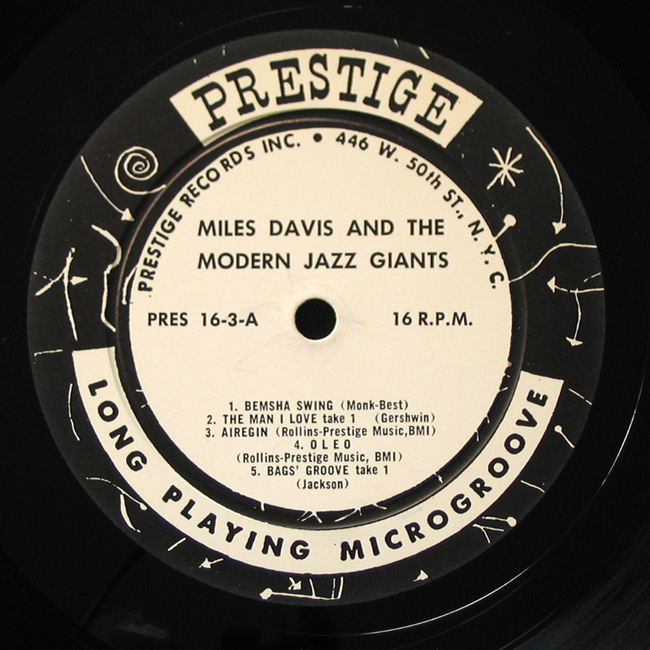
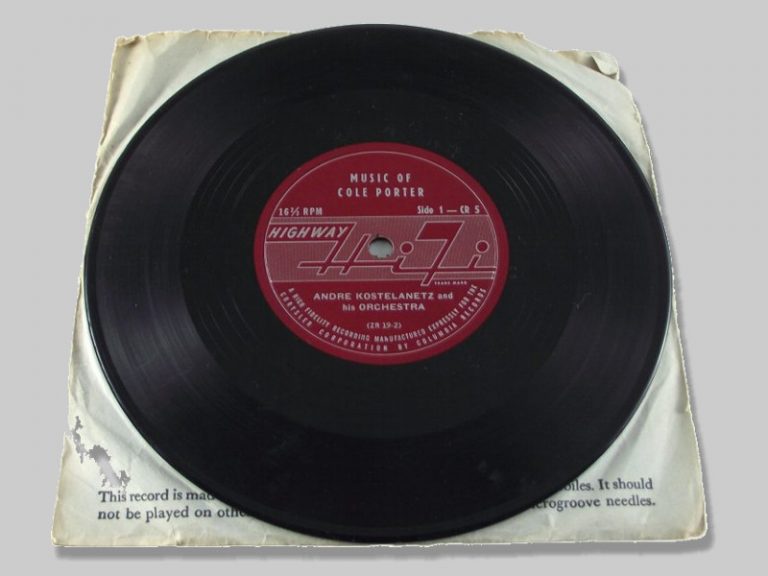
Another great entry to ponder during this holiday weekend!
LikeLiked by 1 person
Thank you, sir!
LikeLike
“Whirl-Away” demonstration record: Interesting collection of what people were listening to in 1949. This innocent, classically-influenced world would be shattered by rock-n-roll in a few short years. There’s less a of “generation gap” here: I can picture children, adults, and elderly people of the time enjoying all of these selections. And you can scour America today and you won’t find announcers or singers anywhere with voices like these! The whole recording gives me a warm, homey feeling.
My father has a Garrard turntable from the ’50s or ’60s. It has a 16 2/3 RPM setting. We never found any records that played that speed, but it was good for slowing down 33 1/3 RPM LPs! I used this method to slow down fast, complicated piano pieces (like Maple Leaf Rag) so I could learn to play them better on the piano!
LikeLiked by 1 person
I remember being mystified by the seemingly useless 16 speed on our record players when I was growing up. I don’t think I ever saw a record that required it.
I think most of us associate 45s with pop music of the 50s-70s, so it is interesting to see that it came about earlier. My mother bought one of the small 45 players, probably during her nursing school years of 1951-54, and I played it a ton as a kid. Years later she gave me some of the records she had saved, including two or three albums of light classical pieces like Gershwin’s Rhapsody In Blue.
LikeLike
One of the things I liked about the 45 was that if an artist was lame you didn’t have to spend all the money for an album. But sometimes the “B” side was better or more interesting. My uncle had stacks of them and we listened and played “DJ” and sang along.
LikeLiked by 2 people
It occurs to me that the iPod generation is more or less back to spinning singles, only they do it electronically.
I was given a bunch as a little kid from older neighbor kids and my next door neighbor had been given many by older brothers. When everyone else was rocking to the Beatles or the Rolling Stones, Kevin and I (at about age 5 or 6) were heavy into the hits of 1958-62. 🙂
LikeLiked by 1 person
Is there any market value to old formats like that? Or is it just a collector’s thing? The 45’s were also cheaper for a teenager then especially if you only liked one song. I have a stack of them somewhere in a box in the basement, including some children’s songs from my childhood.
LikeLiked by 3 people
I have no idea of their value. I would imagine that original releases in pristine condition (and with their original paper sleeves) might bring some money (for the right titles). But if they are anything like 78s, most anything that sold in great volume (and which most people had) are not worth much. And, of course, I think most buyers were teens who probably wore the good ones out.
And oh yes, the kids’ records. I think I still know all the words to Tubby The Tuba. 🙂
LikeLike
Thanks JP. I think my teen ones are still in the sleeves, but the kid’s ones no – and the plastic was much thicker – I guess so kids wouldn’t break it! Horace the Horse was my favorite….was he the last horse on the merry go round, or the first!
LikeLiked by 1 person
I always get tricked into learning stuff on your site.
LikeLiked by 2 people
He is a tricky one.
LikeLiked by 1 person
I’m devious like that.
LikeLiked by 1 person
It’s remarkable to learn the 45 debuted in 1949 when the earliest I would’ve owned one was twenty years later. It’s the only format I remember from my childhood years in the 1960s. As Joni says, the purchase price worked for a kid. I remember having a huge collection of them, each with a colorful sleeve. I also remember the round plastic inserts you’d need, to be able to play them on a conventional record player. I had a few classical 45s and forgot how the length of the piece required a lot of discs. Great memories!
LikeLiked by 1 person
I got most of mine as hand me downs from older cousins and such, but did buy several as a kid. And yes, I remember those plastic inserts! The first one I remember was when one of my cousins wanted to play The Beatles’ We Can Work It Out for me, so maybe 1965? He was too young to be allowed to use the good stereo, so he clipped one of those inserts and played it on the older one that probably dated to the early 50s. His older sister heard it and came running in yelling that he was ruining the record by playing it on that old thing. And she may have been right. 🙂
LikeLiked by 1 person
I finally got rid of my box of 45s a few years ago. I had a nifty carrying case for them, double/side-by-side style in fact, so the case could hold quite a few. I even contacted an oldies station to ask if they wanted them but they did not. I can remember buying them every allowance I got as a teen. I had my dog-eared radio playlist of top songs and as I got each one, I’d put an asterisk there. That was more fun and they were treasured more than when I was working and went to buy albums a few at a time. I remember my parents handling the record albums (and I believe there were 78s based on the size) – they would only handle them only by the edges and had yellow soft cloths to wipe them before putting them first in the dust jacket and the cardboard jacket. Albums were “dear” in those days and not taken for granted. Somewhere I’ve seen some of the original Victrolas, maybe in the Smithsonian or Greenfield Village.
LikeLiked by 1 person
I think that lots of people have given away their old records.
LikeLike